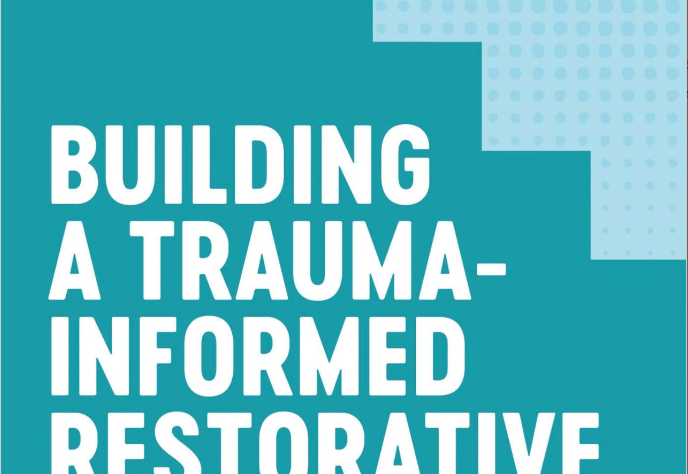“Building a Trauma-Informed Restorative School” by Joe Brummer is a comprehensive guidebook that provides educators with the skills and approaches needed to create a trauma-informed and restorative school culture. The book is organised into six sections, each covering a different aspect of building a trauma-informed and restorative school.
The book’s first section provides an overview of trauma and its impact on students. Brummer explains the different types of trauma that students may experience, such as physical abuse, neglect, and exposure to violence, and how these experiences can impact their behaviour and academic performance. He also discusses the importance of creating a trauma-sensitive school environment that is safe and supportive for all students.
The book’s second section focuses on restorative practices, which are approaches that aim to repair harm and build relationships between individuals and communities. Brummer provides an overview of healthy practices, including restorative circles, restorative conferences, and peer mediation, and how they can promote positive behaviour and improve school culture.
The book’s third section provides practical strategies for implementing trauma-informed and restorative practices in schools. Brummer offers step-by-step guidance on creating a restorative school culture, including strategies for building relationships, fostering a sense of community, and addressing challenging behaviour.
The fourth section of the book discusses the importance of self-care for educators. Brummer emphasises the need for educators to prioritise their wellbeing and provides strategies for managing stress, building resilience, and practising self-compassion.
The fifth section of the book focuses on the role of leadership in creating a trauma-informed and restorative school culture. Brummer discusses the importance of strong leadership in driving cultural change and guides how to build a shared vision for a restorative school culture and engage the entire school community.
The book’s final section provides resources and tools for implementing trauma-informed and restorative practices in schools, including sample policies and procedures, worksheets, and reflection prompts.
Overall, “Building a Trauma-Informed Restorative School” is a valuable resource for educators looking to create a safe and supportive learning environment for all students. Brummer provides practical guidance on implementing trauma-informed and restorative practices in schools and emphasises the importance of building strong relationships, fostering community, and prioritising self-care. The book is well-organised and easy to navigate, making it a valuable reference for educators at all levels.


